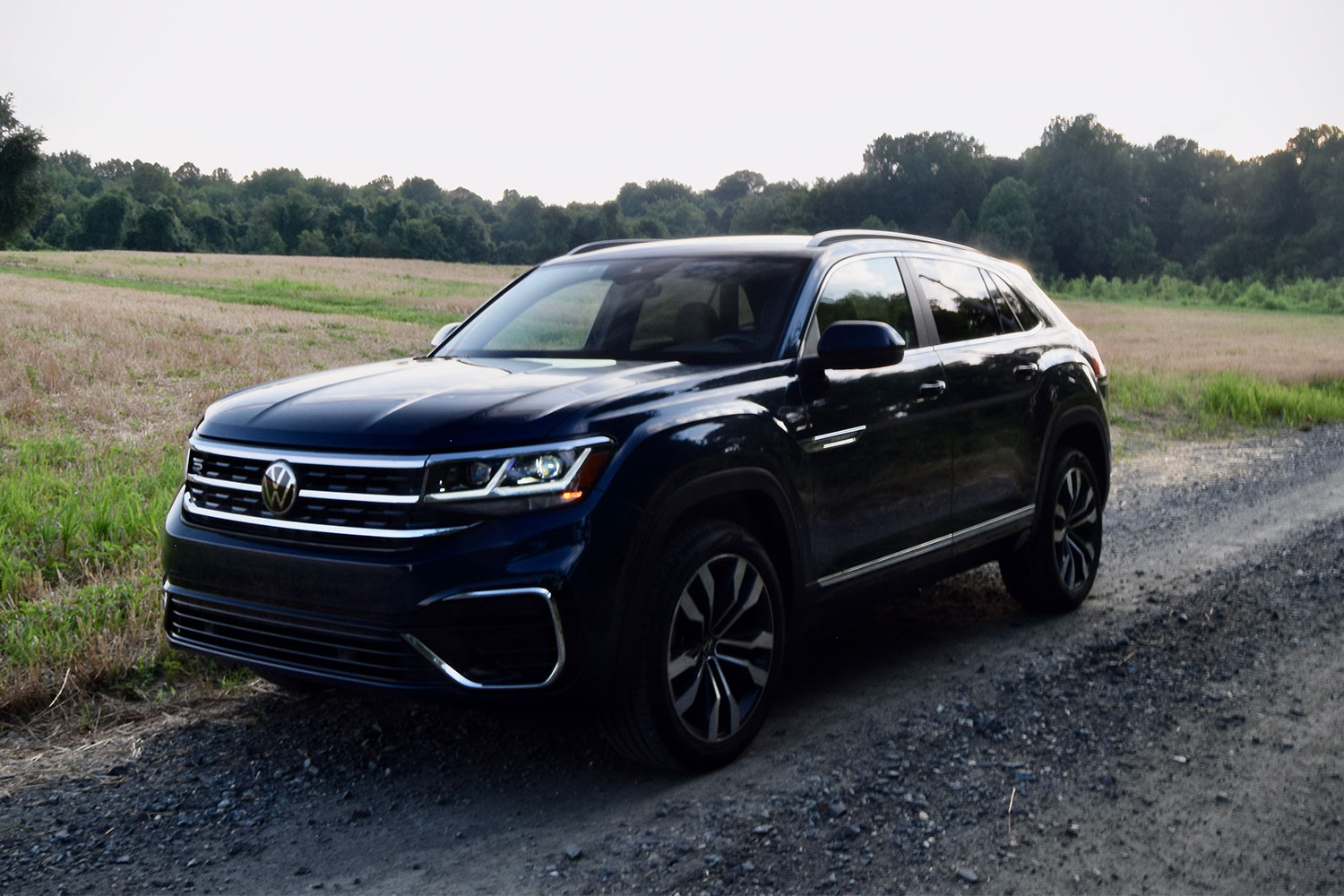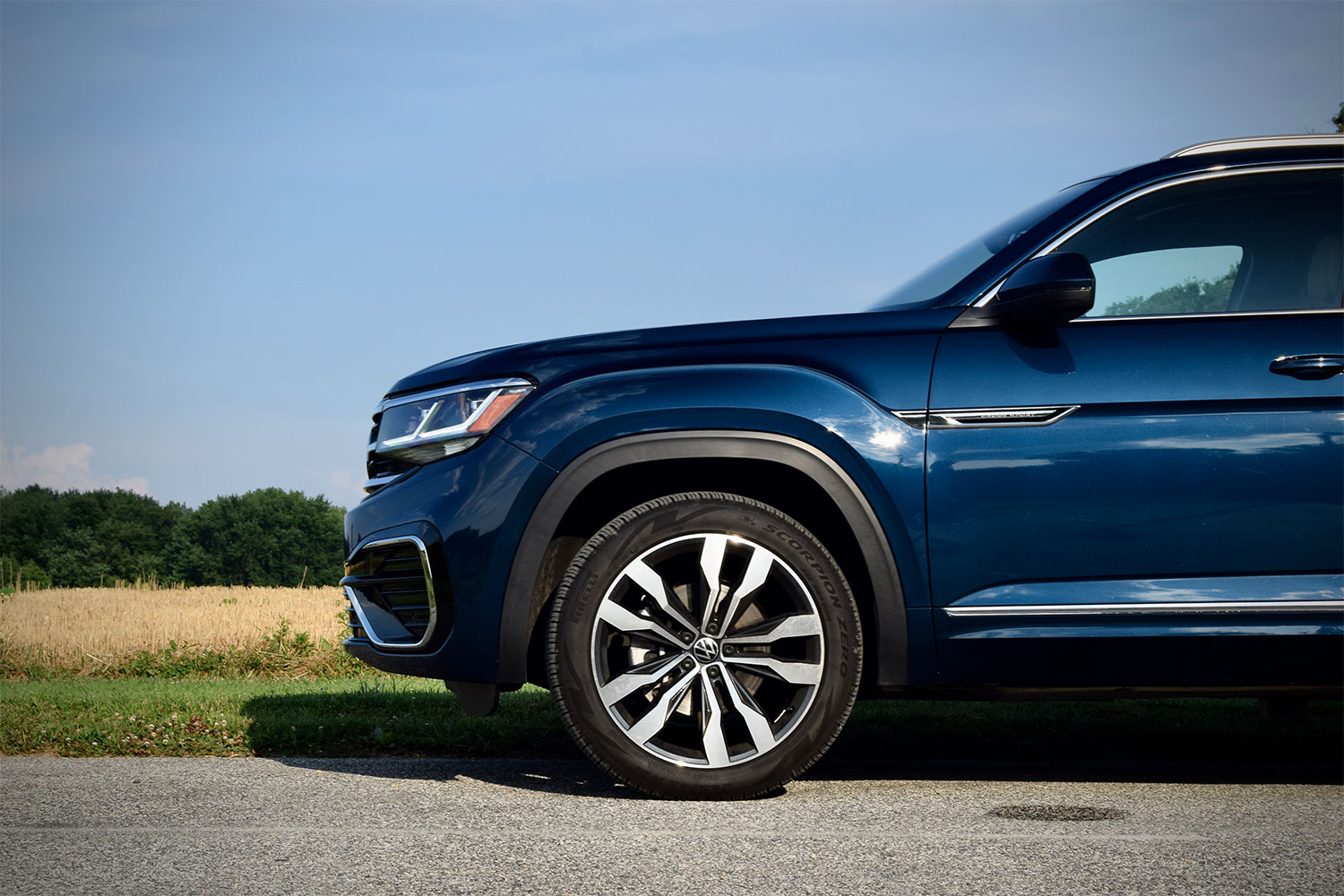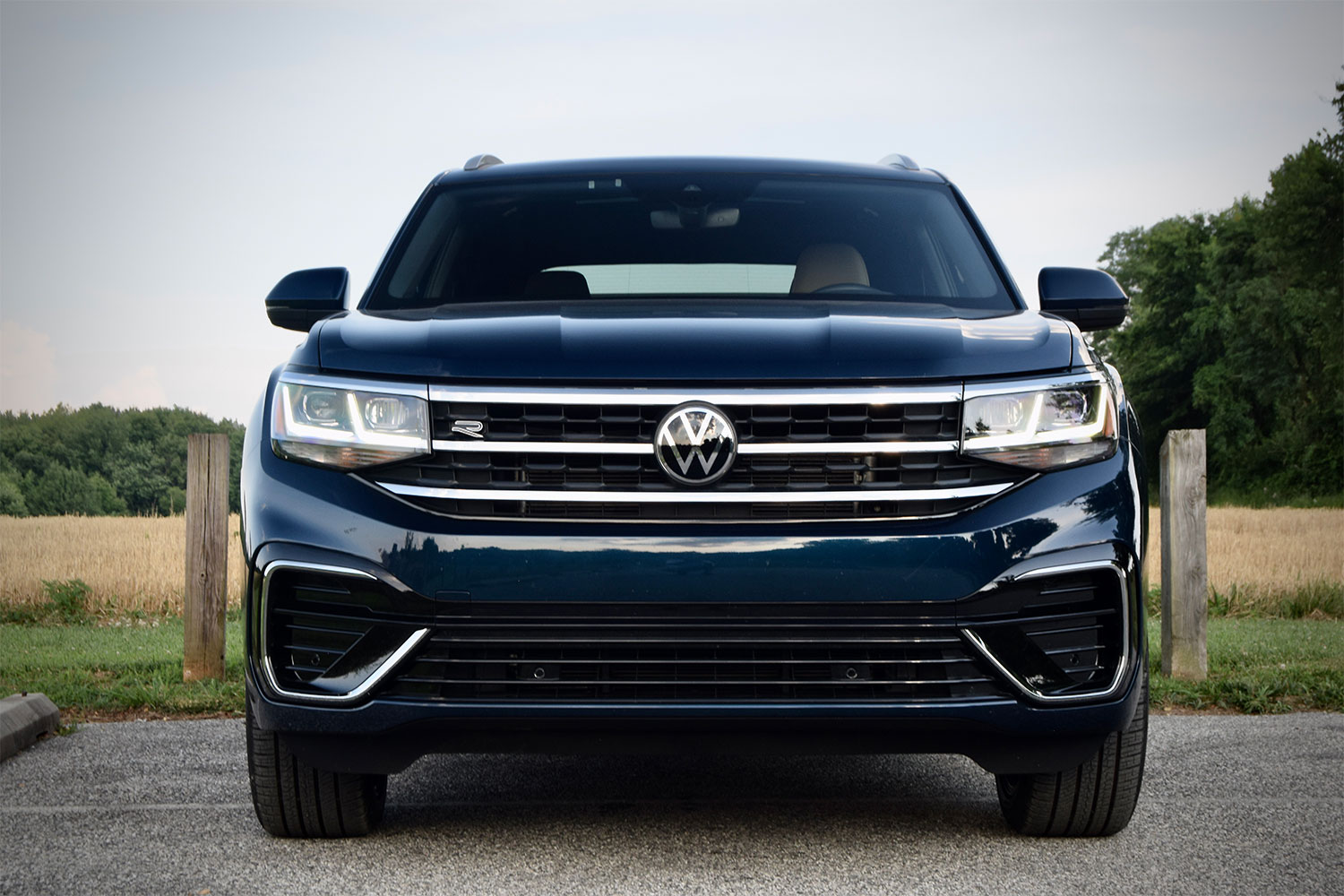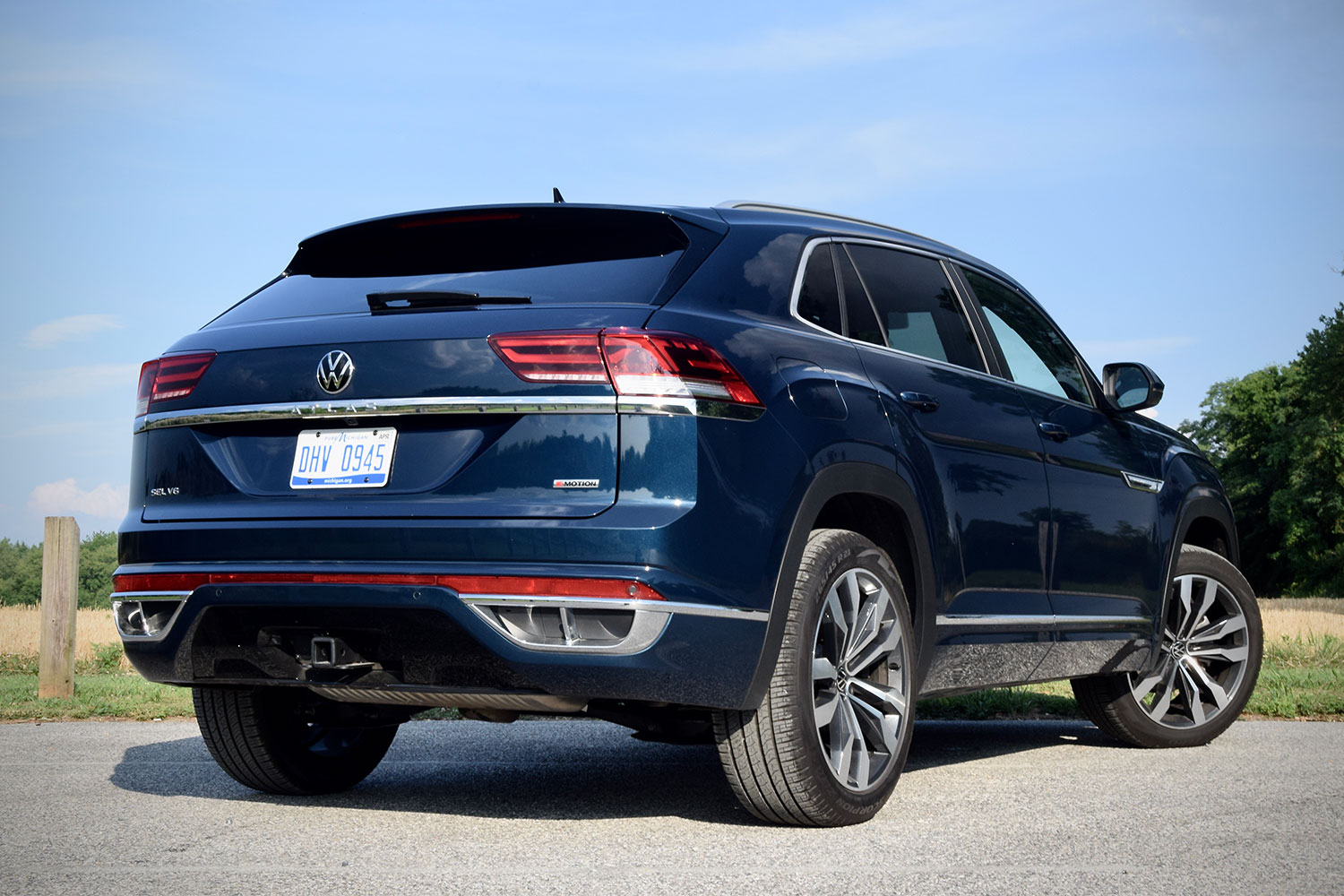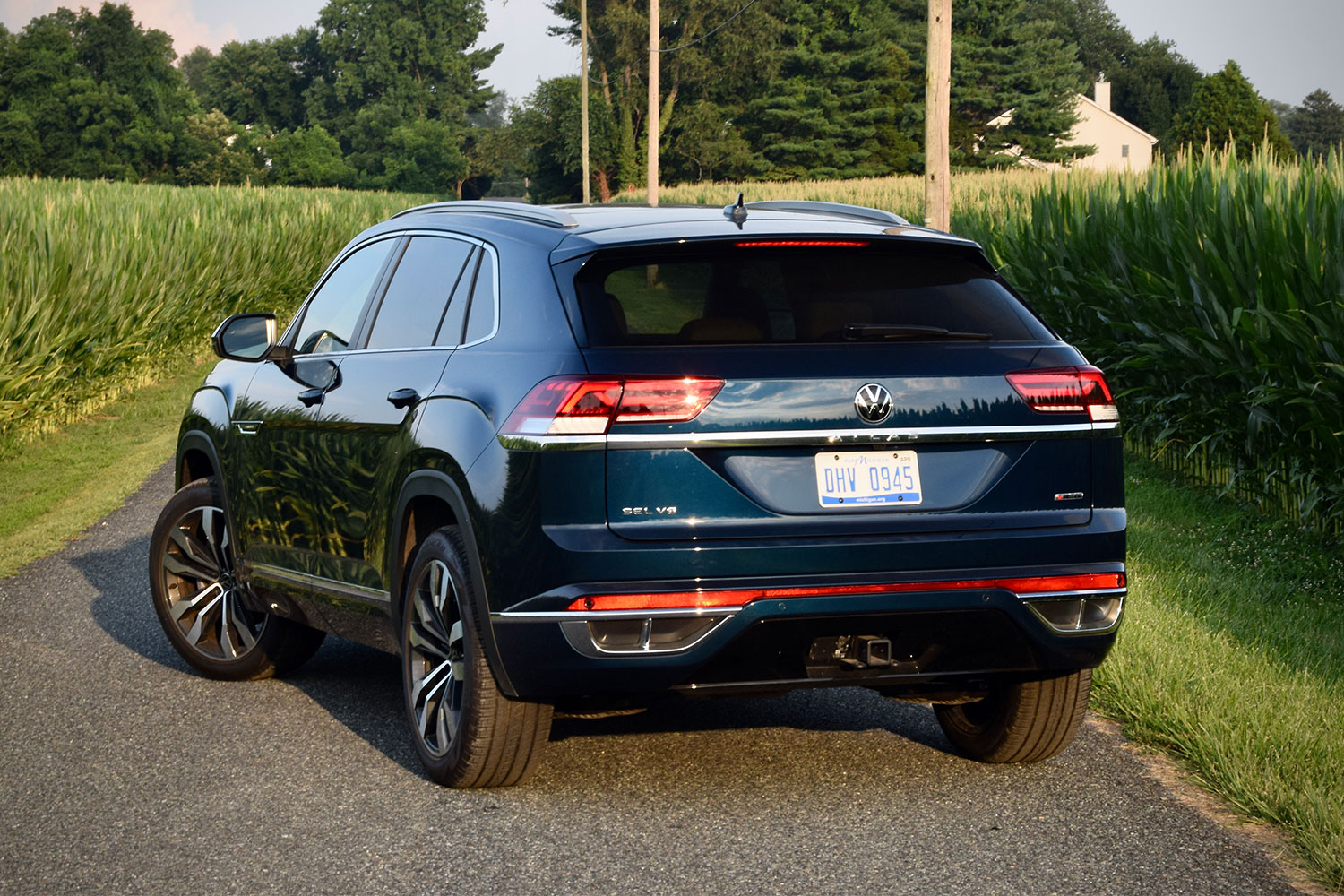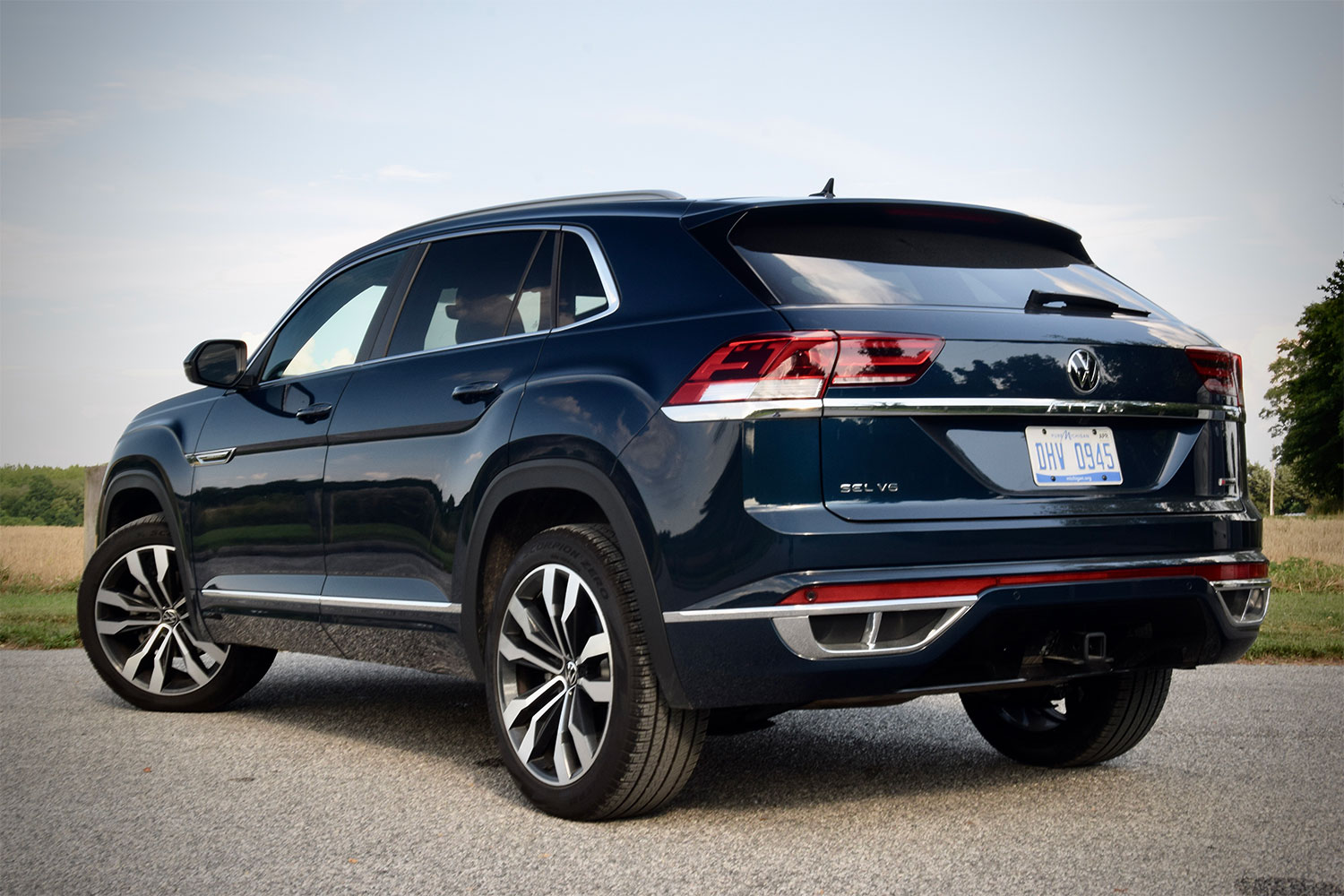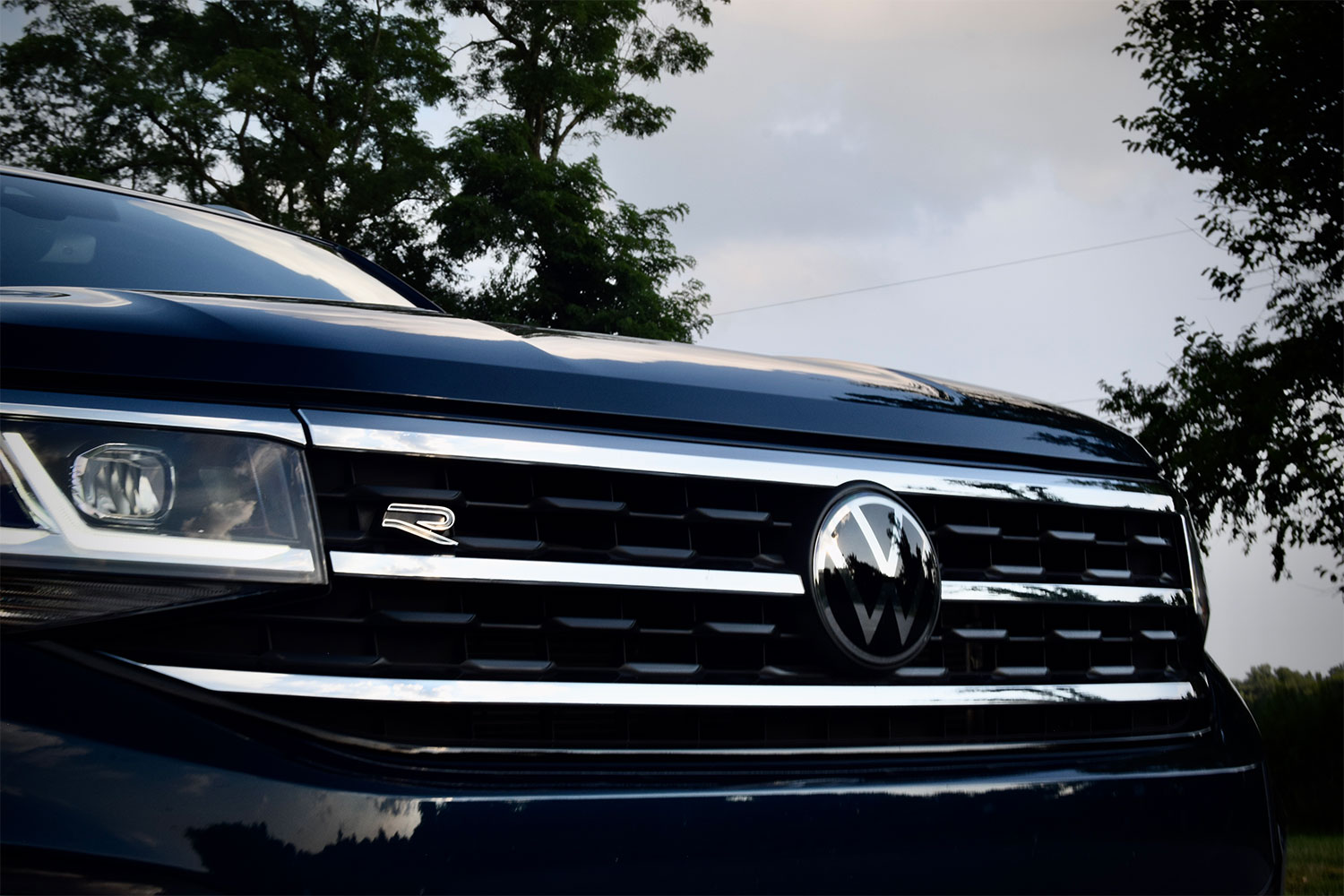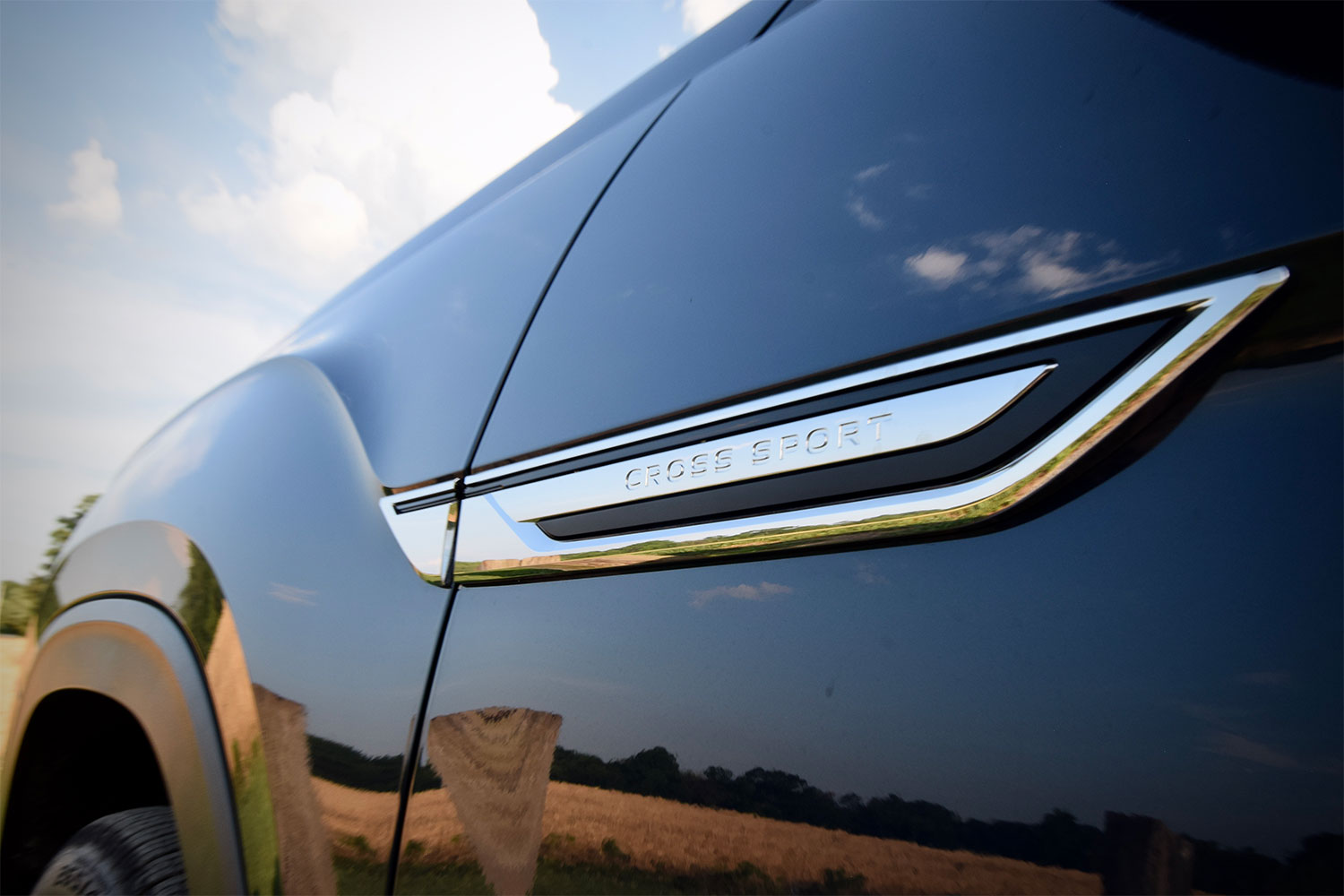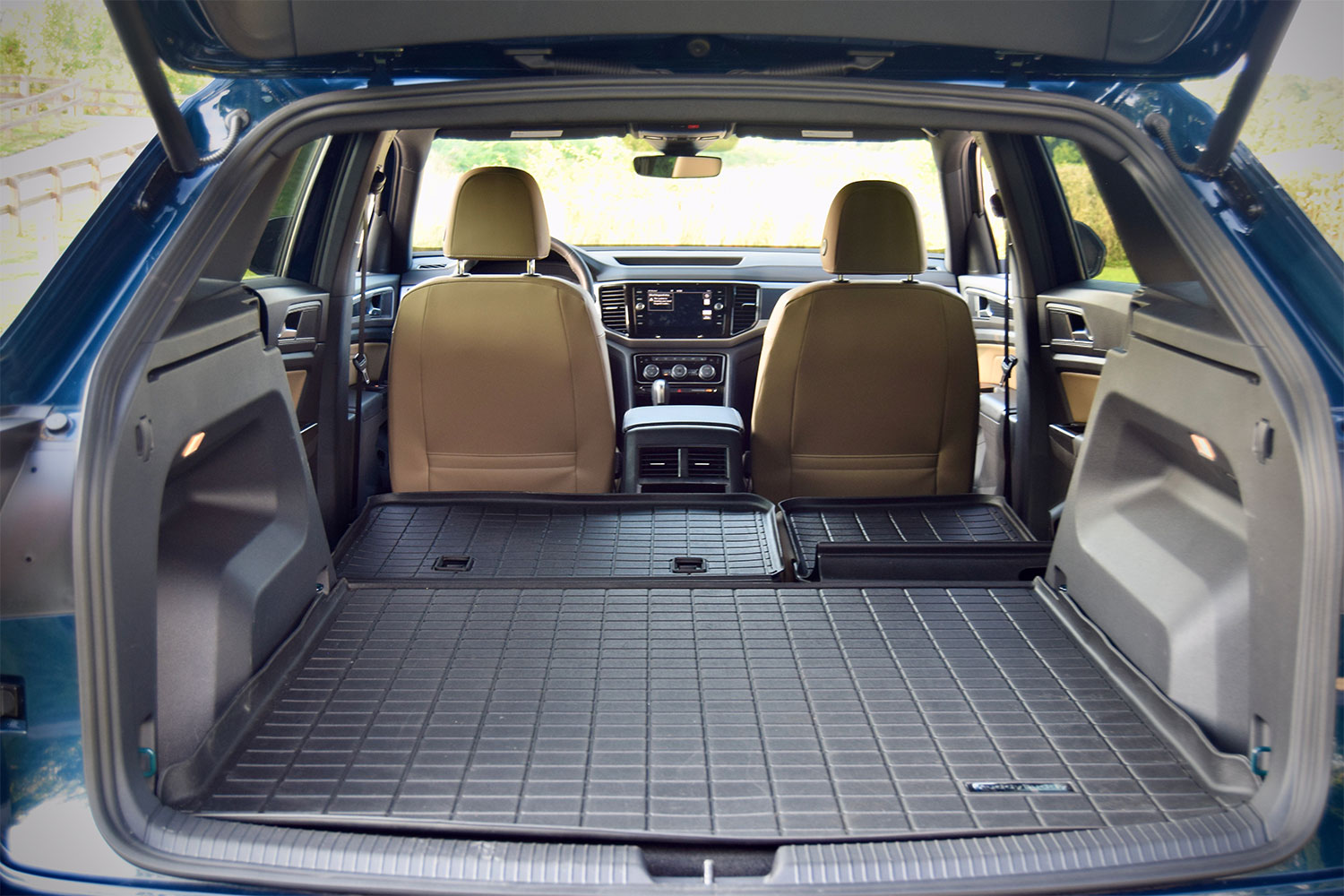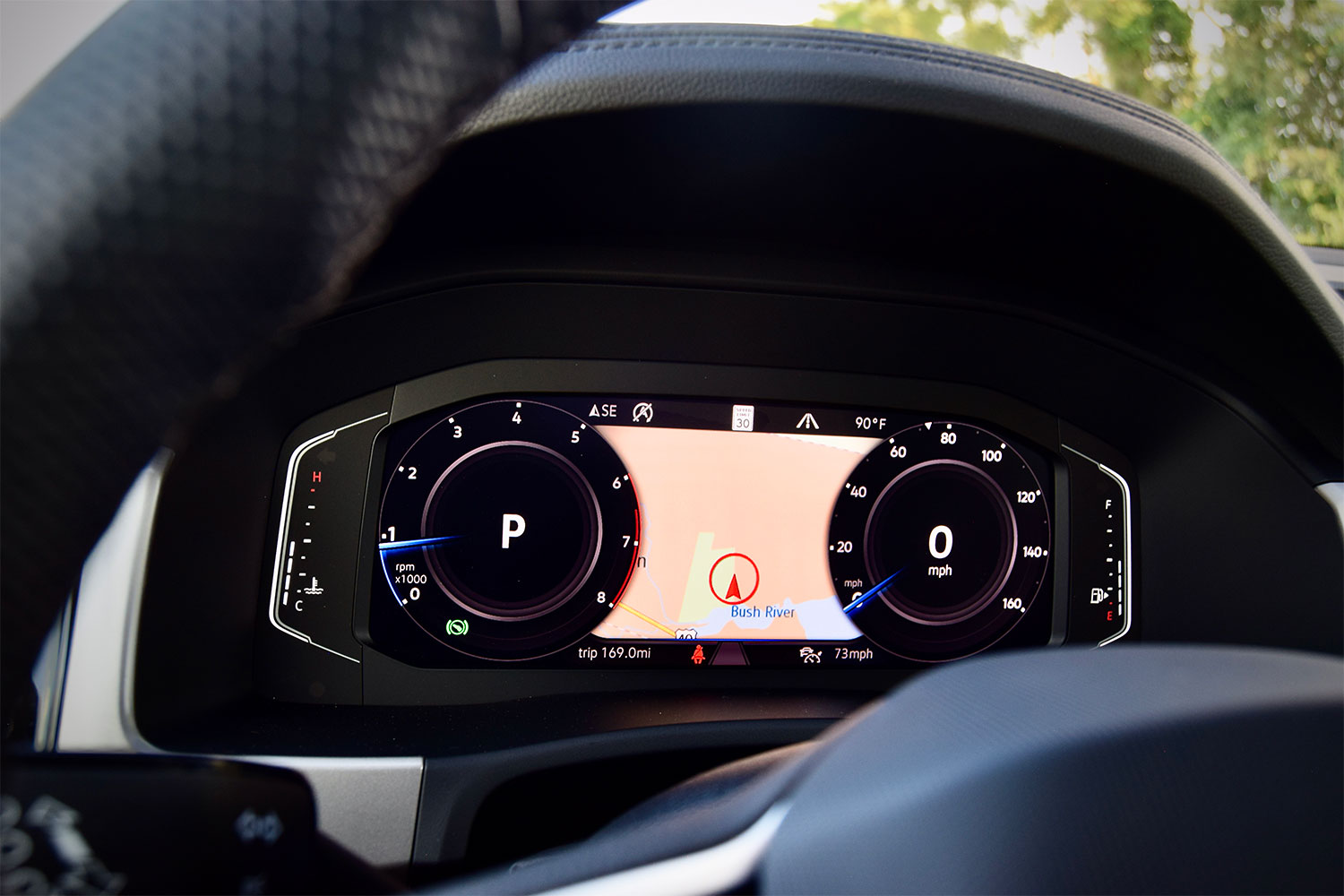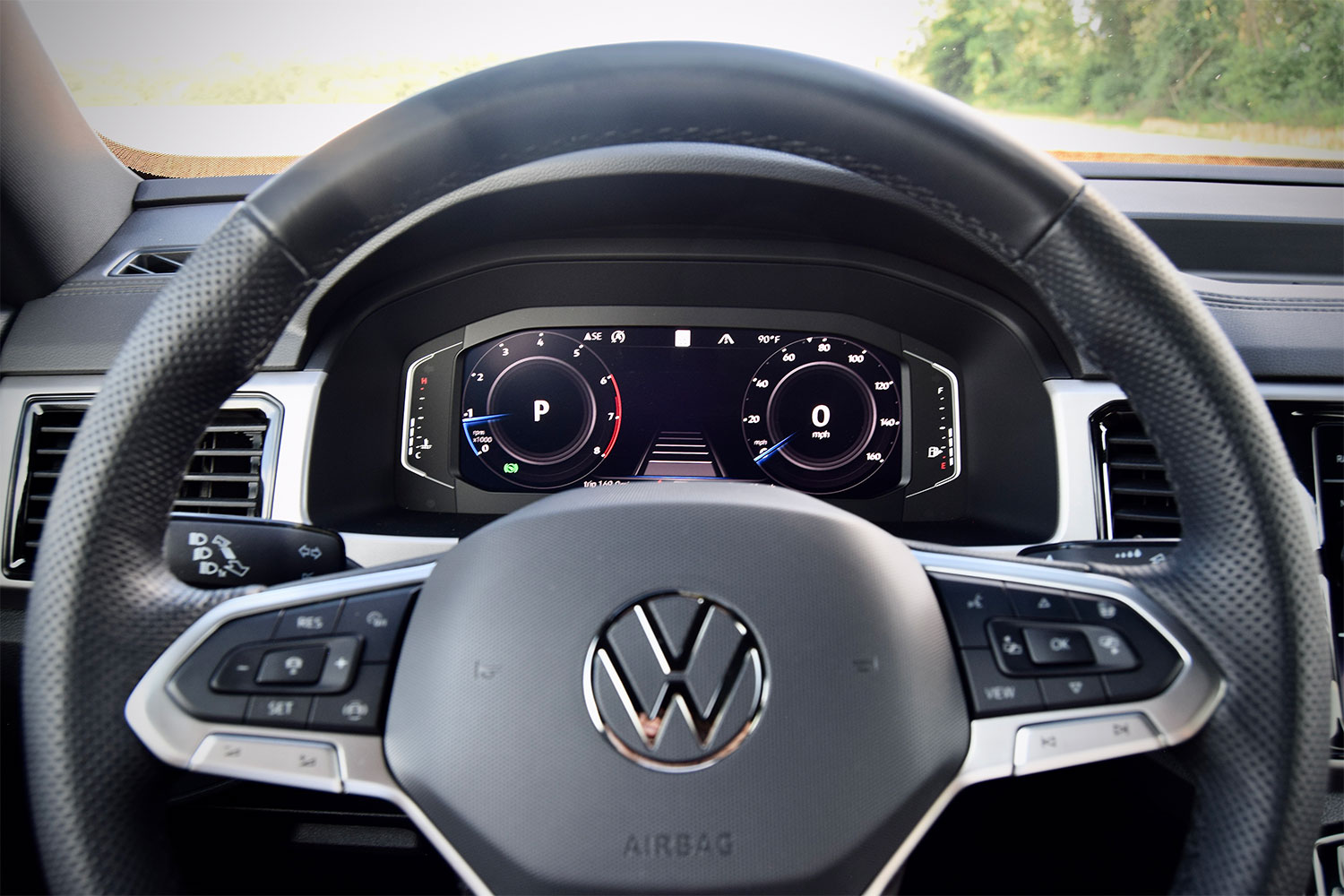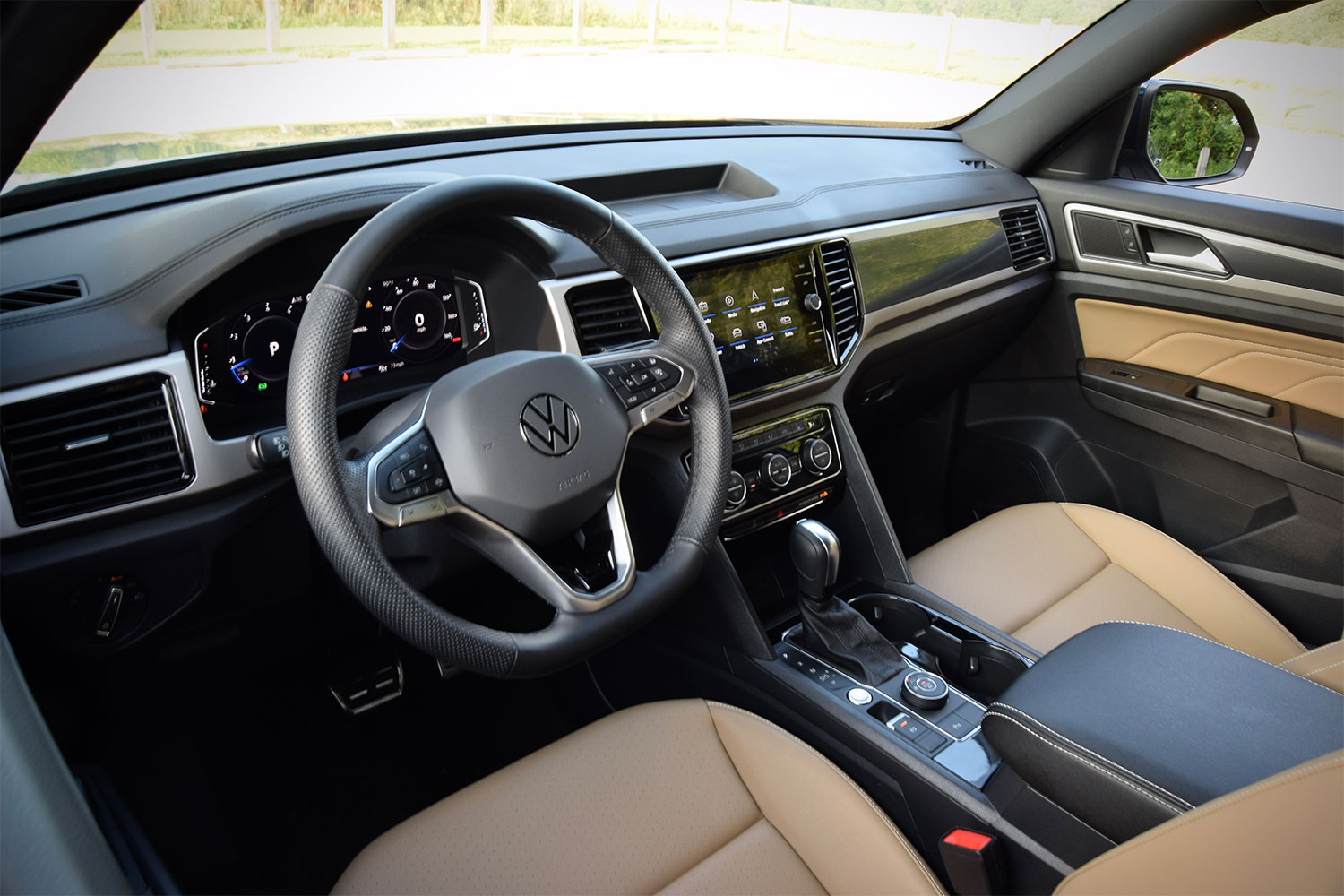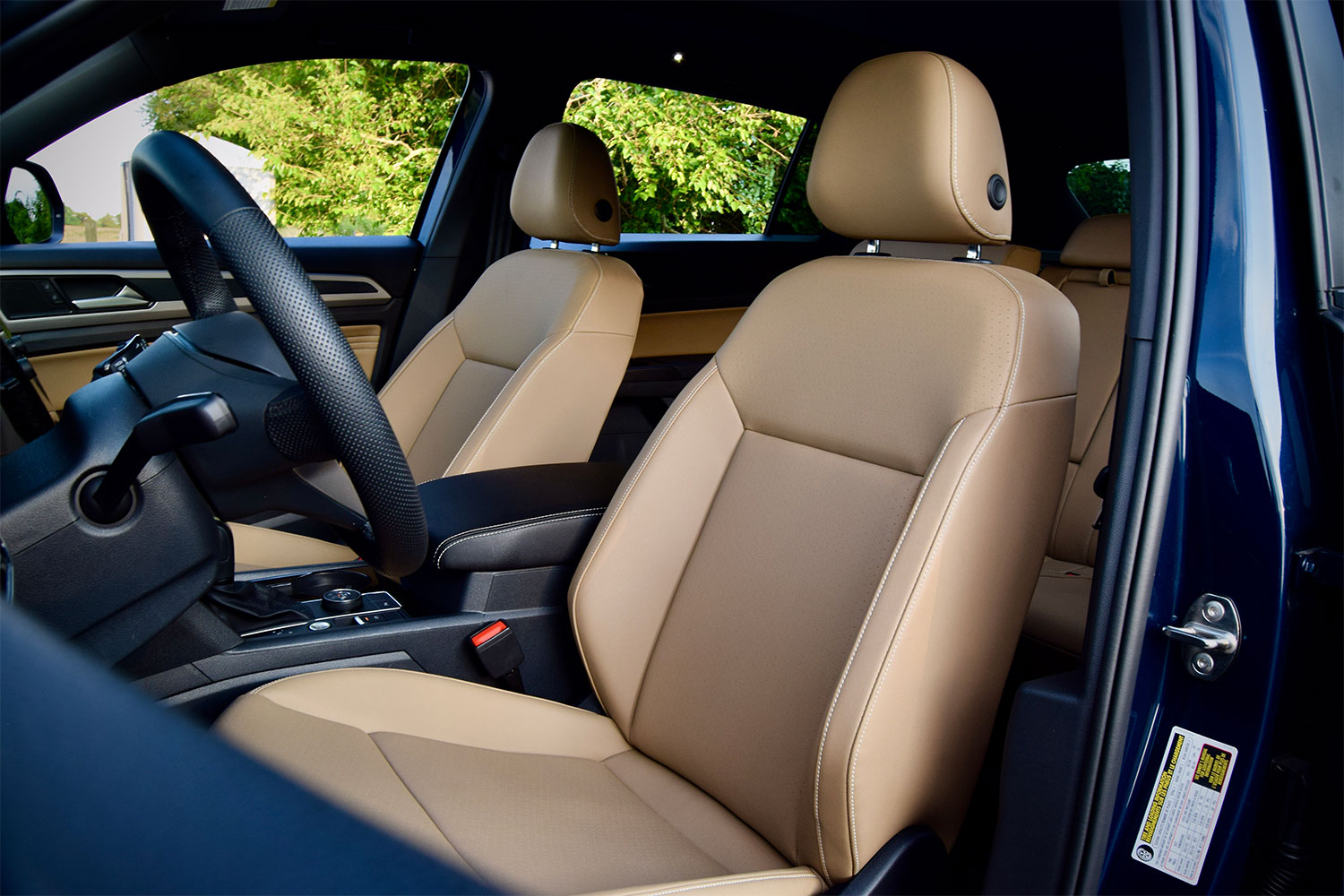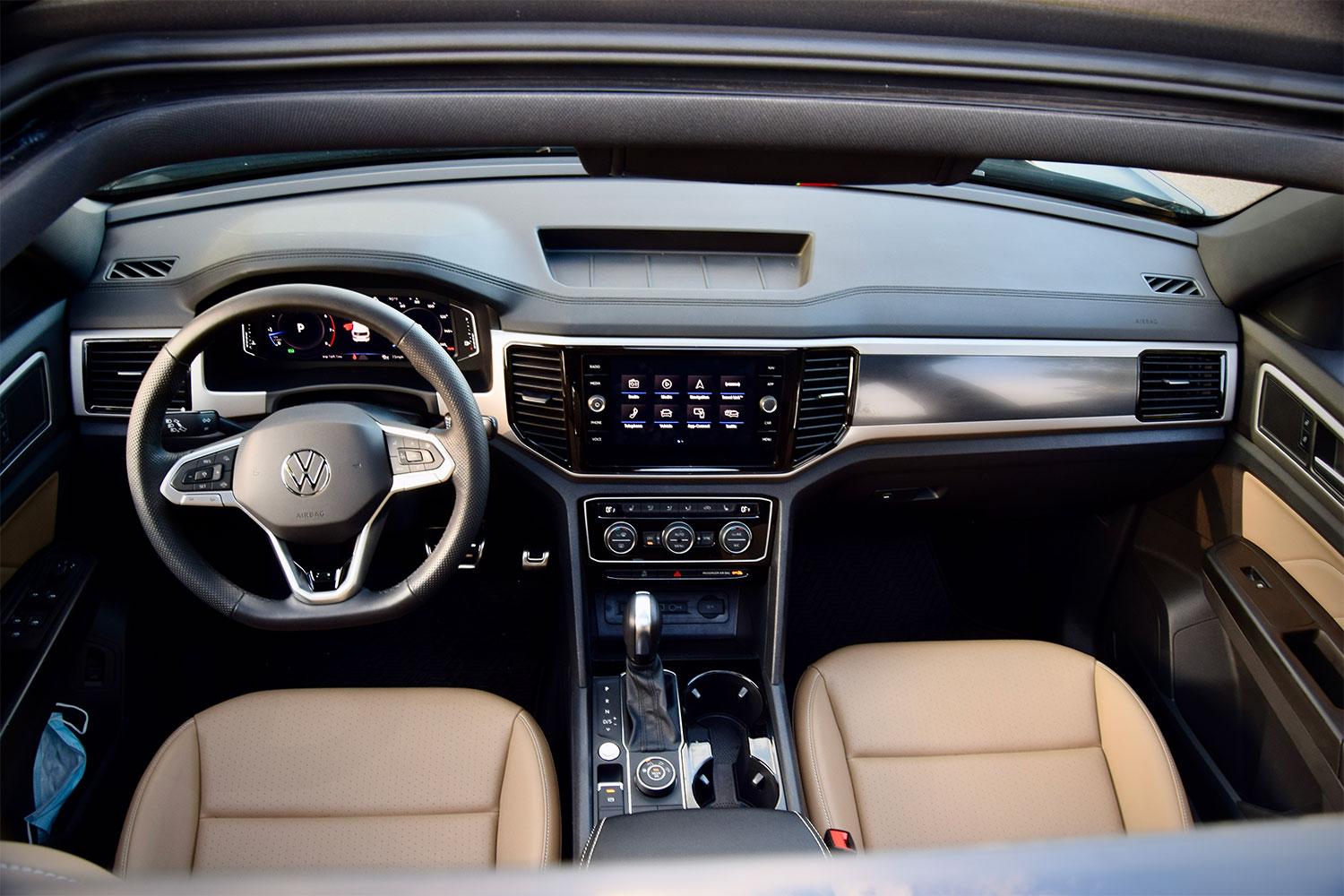On the face, the latest crop of SUVs that have styling inspired by coupes don’t make much sense. After introducing four-door sedans with coupe-like styling, German automakers – I think BMW was the first to introduce the body style with the X6, but it’s all just a blur now – decided to apply the same philosophy to SUVs. It’s a sound business plan that seems to be working for other automakers. All except non-luxury ones. The arrival of the Volkswagen Atlas Cross Sport wasn’t some kind of once-in-a-lifetime prophecy that only soothsayers saw, it was a logical evolution.
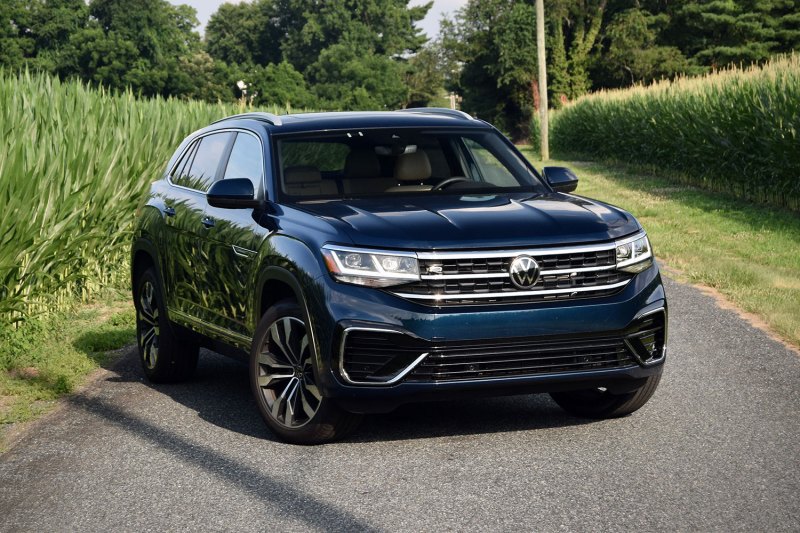
The procedure for going from a traditional SUV to one with a coupe design is simple – chop the rear end and give the roof more dramatic styling. The result, as every automaker with a coupe-inspired SUV wants you to know, is more curb appeal. Those regular SUVs just don’t draw nearly the same amount of attention. Design, for the majority of consumers, means a lot.
Up until now, if you’ve wanted a coupe-inspired SUV, you’ve had to go with a luxury brand. Volkswagen is the first non-luxury brand to enter the segment, choosing to modify its midsize and popular Atlas in the process. Beyond altering the Atlas’ design to make the Cross Sport, VW also yanked out the third row of seats. It’s a different approach from other coupe-like SUVs on the market that are predominantly based on five-passenger versions of similarly sized models.
You see, taking the third row out and updating the way the SUV looks gives the Atlas Cross Sport another dimension over similarly styled vehicles on the market. This is more than just an SUV that’s been birthed to give people seeking an attractive SUV another option, it’s an entirely different vehicle that’s meant to appeal to an entirely different customer base. Since you’re getting less, the SUV costs less. That’s especially surprising, as Mercedes-Benz, BMW, and Porsche all charge more for their more aggressively designed SUVs that follow the less will actually cost more approach. If anything, this is one of the few coupe-like SUVs that makes sense.
Removing the third row of seats allows VW to pen a much more dramatic rear end. Unlike with other options, the one on the Atlas Cross Sport isn’t nearly as harsh. There’s a natural flow to it – not so much Victor Frankenstein’s monster, but something much more refined. The evolution into a two-row vehicle also results in a cavernous second row. You’re getting near living-room recliner levels of space back there, as passengers will find an additional three inches of second-row legroom compared to a normal Atlas. Talk about being able to stretch out.
Of course, the sloping roofline eats into overall cargo space, though you’re still getting a total of 77.8 cubic feet of storage. That’s down roughly 20 cubic feet from the regular Atlas, but it’s still plenty spacious as VW didn’t touch the wheelbase when it borrowed the platform from the three-row SUV. This will handle an Ikea run just fine.
The powertrains also go unchanged from the regular Atlas. The trim we tested came with the larger 276-horsepower 3.6-liter V6. Compared to the standard turbocharged four-cylinder engine, the V6 pumps out an additional 41 extra horsepower. But the V6 doesn’t seem all that impressive. It almost performs in a pickup-truck-like way with the way it delivers power in a linear lump. It’s certainly not quick in a straight line, nor is it efficient. In a week of driving, we averaged just 17 mpg. If the V6 doesn’t impress with its performance, I don’t want to imagine what the four-cylinder feels like.
Then, there’s the ride quality. On subpar city roads, every little bump makes its way into the cabin and going over a railroad crossing feels like jumping down from a ledge. Things smooth out incredibly on the highway, until you hit an expansion joint. The hard ride quality and vague steering will make you swear up and down that the Atlas Cross Sport is based on a pickup truck. But somehow, it’s not.
With “Sport” in the name and that rakish roof, one would expect the Atlas Cross Sport to feel sportier than a midsize SUV. At least by a tiny margin. That simply isn’t the case. The massive body has a nauseating amount of body roll around corners. It also creaks and groans like a large barge. Unfortunately, the sportiest thing about this SUV with coupe-like styling is the “Sport” in its name.
But that doesn’t matter much. You see, the Atlas Cross Sport has a quiet cabin, feels like it’s built like a tank, and comes with oodles of easy-to-use tech. Between Volkswagen’s available Digital Cockpit system, simple infotainment system, and exhaustive list of advanced safety features, you don’t feel like you’ve migrated too far away from the luxury segment. The interior is incredibly comfortable, the massive seats are pleasant, and there’s just so much room on the inside. More importantly, the Atlas Cross Sport looks good, especially in this shade of Tourmaline Blue Metallic.
Taking a peek at the SUV parked on the side of the road during an evening picnic, even I caught myself sneaking a glance at the Atlas Cross Sport, thinking about how much better it looks compared to the regular, bulbous Atlas. That alone will be enough for the majority of consumers. Automobile purchases are hardly rational; coupe-like SUVs further muddy the water. For consumers that don’t need three rows of seats from their SUV and choose to put design first, the Atlas Cross Sport sure makes plenty of sense.
